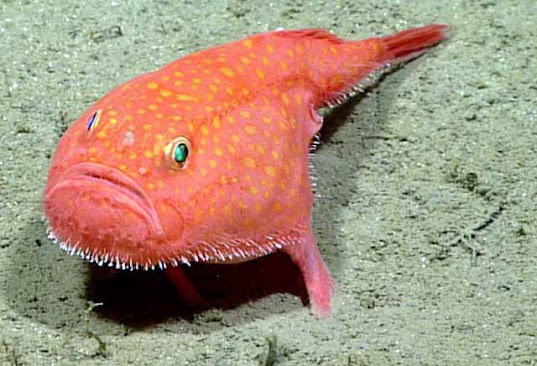The Mysteries of the Deep Sea: Exploring Earth’s Final Frontier 🌊🔍
The deep sea, often referred to as Earth’s final frontier, is one of the least explored and most mysterious places on our planet. This vast, dark, and cold environment, located thousands of meters below the ocean’s surface, holds a wealth of secrets waiting to be discovered. At CuriousWorlds, we delve into the wonders of the deep sea to reveal its hidden treasures and astonishing inhabitants.
What is the Deep Sea?
The deep sea encompasses the part of the ocean below 200 meters, where sunlight doesn’t penetrate, plunging the area into perpetual darkness. This extreme environment is characterized by high pressure, low temperatures, and a lack of light, making it one of the most challenging places for life to thrive.
Why is the Deep Sea Important?
- Biodiversity Hotspot: The deep sea is home to a diverse array of species, many of which are still unknown to science.
- Climate Regulation: Deep-sea processes play a crucial role in regulating Earth’s climate by sequestering carbon and distributing heat.
- Natural Resources: The deep sea holds vast resources, including minerals, metals, and biological compounds that could have pharmaceutical applications.
Fascinating Deep-Sea Creatures
- Bioluminescent Organisms: Many deep-sea creatures produce their own light through bioluminescence, which they use for attracting prey, deterring predators, and communicating.
- Giant Squid: These elusive creatures can grow up to 40 feet long and are known for their enormous eyes, which help them see in the dark depths.
- Anglerfish: Famous for the bioluminescent lure on their heads, anglerfish use this feature to attract unsuspecting prey in the pitch-black waters.
Deep-Sea Exploration
Exploring the deep sea requires advanced technology and specialized equipment. Some key methods include:
- Submersibles: Manned and unmanned submersibles are used to explore deep-sea environments, collect samples, and capture high-resolution images.
- Remote Operated Vehicles (ROVs): ROVs are remotely controlled robots equipped with cameras and tools to study the deep sea and perform tasks like collecting samples.
- Sonar Mapping: Sonar technology is used to map the seafloor and identify underwater features such as trenches, mountains, and hydrothermal vents.
Challenges of Deep-Sea Exploration
- Extreme Conditions: The high pressure, low temperatures, and darkness of the deep sea pose significant challenges for exploration.
- Technical Limitations: Developing technology that can withstand the harsh conditions of the deep sea is costly and complex.
- Environmental Concerns: Deep-sea exploration and exploitation must be balanced with efforts to protect these fragile ecosystems from damage and overexploitation.
How You Can Learn More
At CuriousWorlds, we are passionate about uncovering the mysteries of the deep sea and sharing our findings with you. Join our community to stay updated on the latest deep-sea discoveries, engage in discussions with fellow enthusiasts, and explore the wonders of our planet’s final frontier.
Join the Conversation
Share your thoughts on deep-sea exploration in the comments below. What do you find most intriguing about the deep sea? Have you ever wondered what lies in the darkest depths of our oceans? We’d love to hear from you!
Image credit: https://biogeodb.stri.si.edu/
Keywords:
- Deep sea exploration
- Deep-sea creatures
- Ocean’s final frontier
- Bioluminescent organisms
- Giant squid
- Anglerfish
- Deep-sea biodiversity
- Submersibles
- Remote Operated Vehicles (ROVs)
- CuriousWorlds blog




Comments
Post a Comment